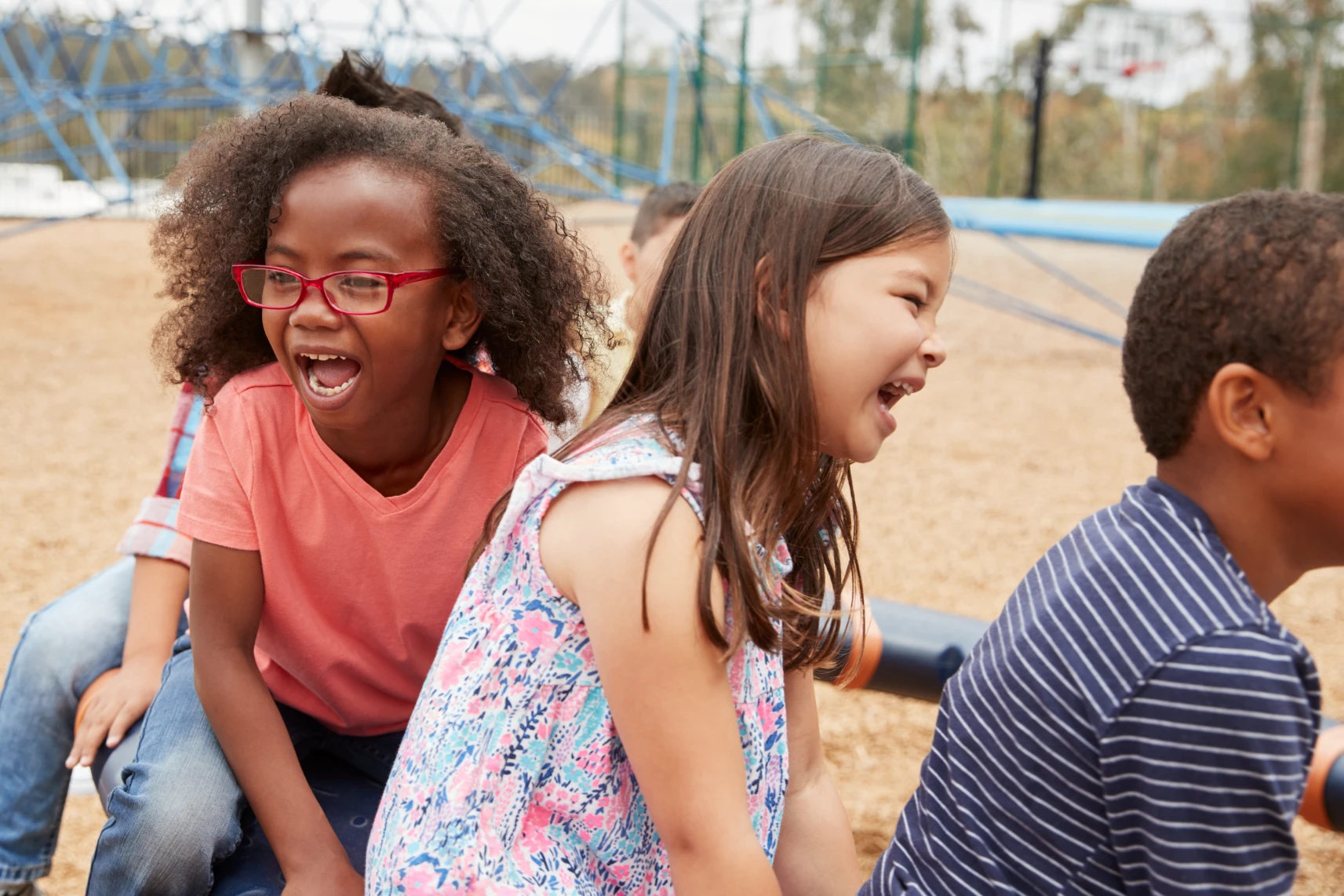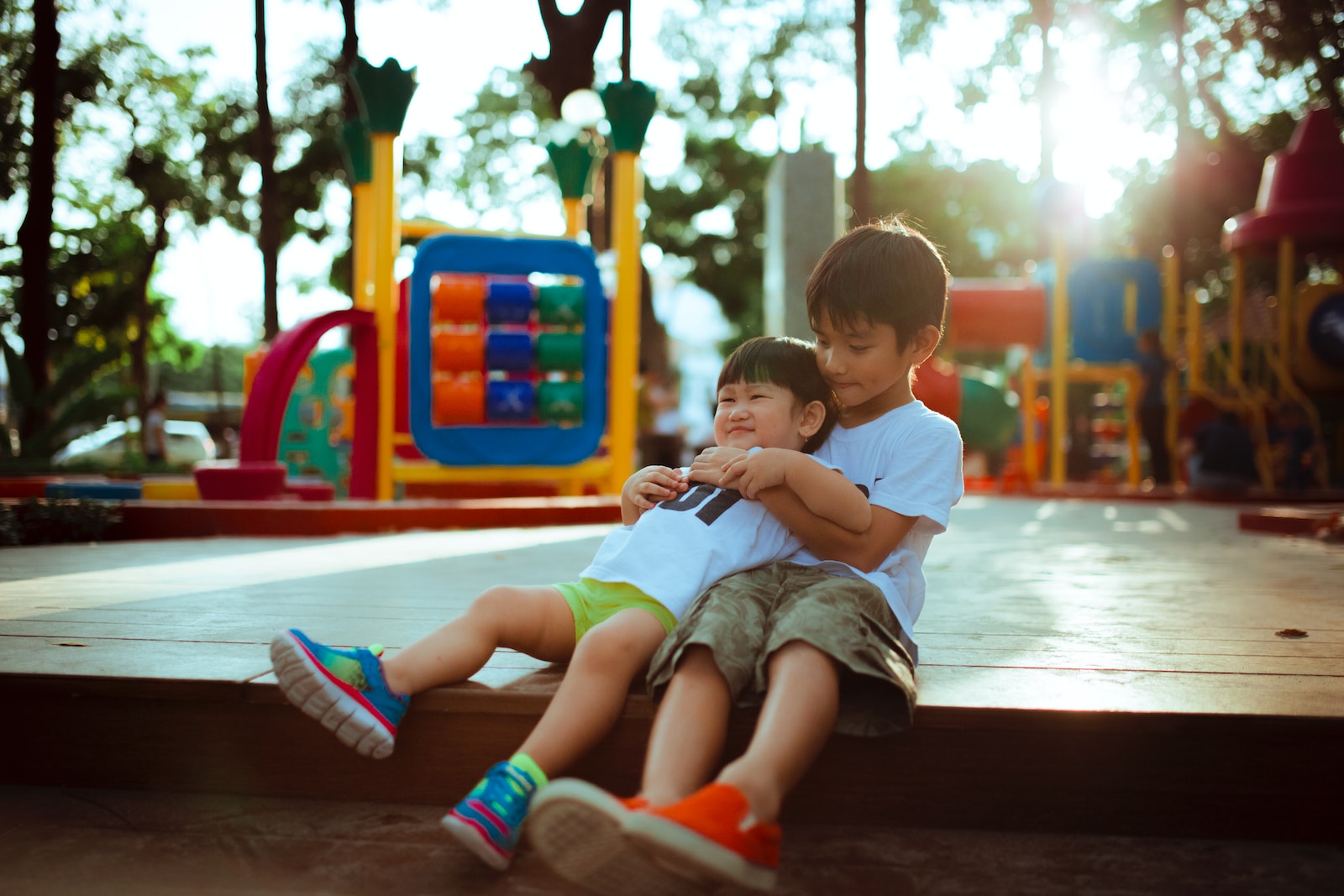
Cameras – A new Tool for Observing Playgrounds?
Introduction and aim
Observations of children and adolescents’ play and physical activity are crucial for understanding and evaluating the use of settings for play and physical activity. Today, human-based observation tools such as SOPLAY and SOPARC are commonly used.
However, there are several limitations to these tools: they are time-consuming; there is a risk of human error; you don’t catch what happens at random points in time; and the scalability is limited. Camera-based systems provide the opportunity to meet these challenges.
Through two separate studies, we will describe the validity of two newly developed cameras for automated camera-based observations of activity in outdoor settings. Further, the study aims to evaluate the usefulness of long-term versus time-limited activity detection.
Contribution
Results from the study will enable the use of camera-based observations for future research in outdoor settings, which will provide more rigorous data.
Timeline
Funding
This study is funded by KOMPAN and specifically includes public KOMPAN playgrounds.
Research Team



